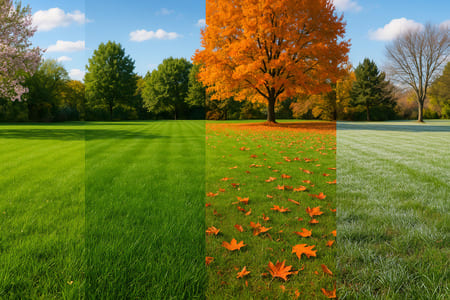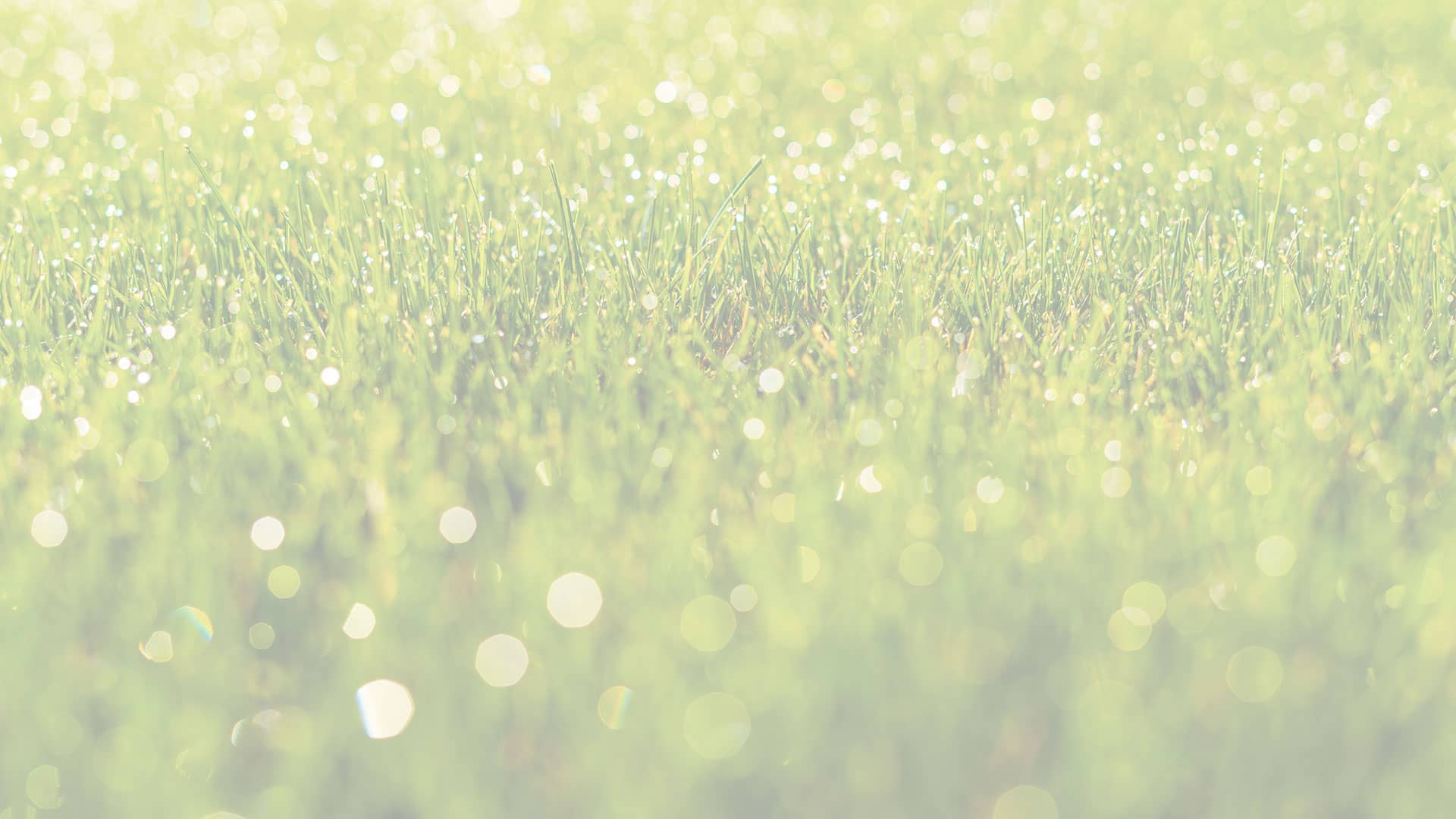Seasonal Lawn Fertilization: When to Feed Your Lawn

A lush, green lawn doesn't happen by chance-it requires the right care at the right time. One of the most important steps in achieving that picture-perfect yard is seasonal fertilization. Feeding your lawn strategically throughout the year provides the nutrients it needs to thrive, recover from stress, and maintain its vibrancy. But when exactly should you fertilize? Let's break down the best times to feed your lawn in Bloomington so you can keep it healthy all year long.
Why Timing Matters with Fertilization
Fertilizing your lawn isn't as simple as applying nutrients whenever it's convenient. Grass has growth cycles that vary by season, and proper timing ensures those nutrients are absorbed effectively. Apply fertilizer too early or too late, and you risk wasted effort, nutrient runoff, or even damaging your lawn. Proper fertilization not only strengthens grass roots but also improves resistance against weeds, drought, and disease.
Spring: Jumpstarting Growth
Spring is often seen as the time to wake up your lawn after winter. As soil temperatures warm, grass begins to grow more actively. Applying fertilizer during this season helps replenish nutrients lost during dormancy.
- Early Spring: A light feeding encourages new growth and strengthens root systems.
- Late Spring: Another round supports thick, green grass that can resist the stress of summer heat.
However, be cautious not to over-fertilize during spring, as excessive nutrients can lead to weak, shallow roots.
Summer: Building Resilience
Summer brings hot temperatures, foot traffic, and potential drought-all of which can stress your lawn. Fertilizing during early summer ensures your grass has the nutrients to withstand these challenges.
- A slow-release fertilizer works best, providing steady nutrition without burning your lawn.
- Avoid fertilizing during peak heat waves, as stressed grass won't absorb nutrients properly.
By giving your lawn the right boost in early summer, you help it maintain resilience and color during harsh conditions.
Fall: The Most Important Season
Fall is considered the most critical time for lawn fertilization. As temperatures cool and rainfall increases, grass enters a period of strong root growth. This is the best opportunity to prepare your lawn for winter and set the stage for spring.
- Early Fall: Fertilizing now supports both root development and leaf growth.
- Late Fall: A final feeding before the first frost strengthens your lawn's reserves, helping it survive the cold months ahead.
Fall applications are often called “winterizer fertilizers” because they provide nutrients that grass stores for the dormant season.
Winter: A Time to Rest
In Bloomington, grass goes dormant during winter, meaning fertilization is not recommended. Since the lawn is not actively growing, nutrients won't be absorbed efficiently. Instead, focus on avoiding damage-keep off frozen grass, and clear away heavy debris that could cause bare patches come spring.
Professional Guidance for Optimal Results
Every lawn is unique, and factors like soil type, grass variety, and local weather can influence your fertilization schedule. That's why working with a high-quality Bloomington lawn care services provider can make a big difference. Professionals understand the nuances of seasonal care, offering customized solutions to ensure your lawn stays healthy year-round.
Feeding your lawn at the right times is the key to long-lasting beauty and strength. For expert help with Bloomington lawn fertilization, trust A Better Green Lawncare Inc. to deliver the results you need.

INCREASE YOUR LAWNS HEALTH WITH OUR LAWN CARE SERVICES